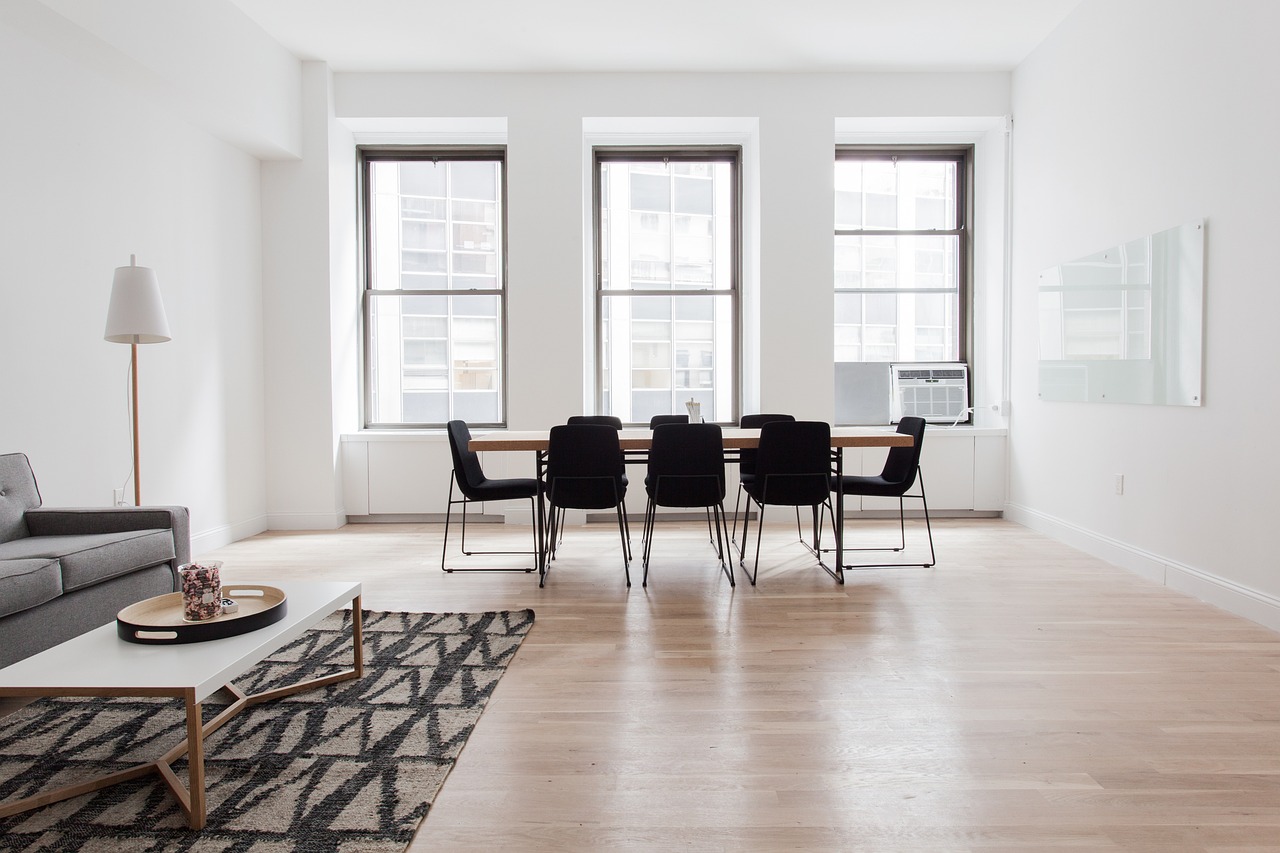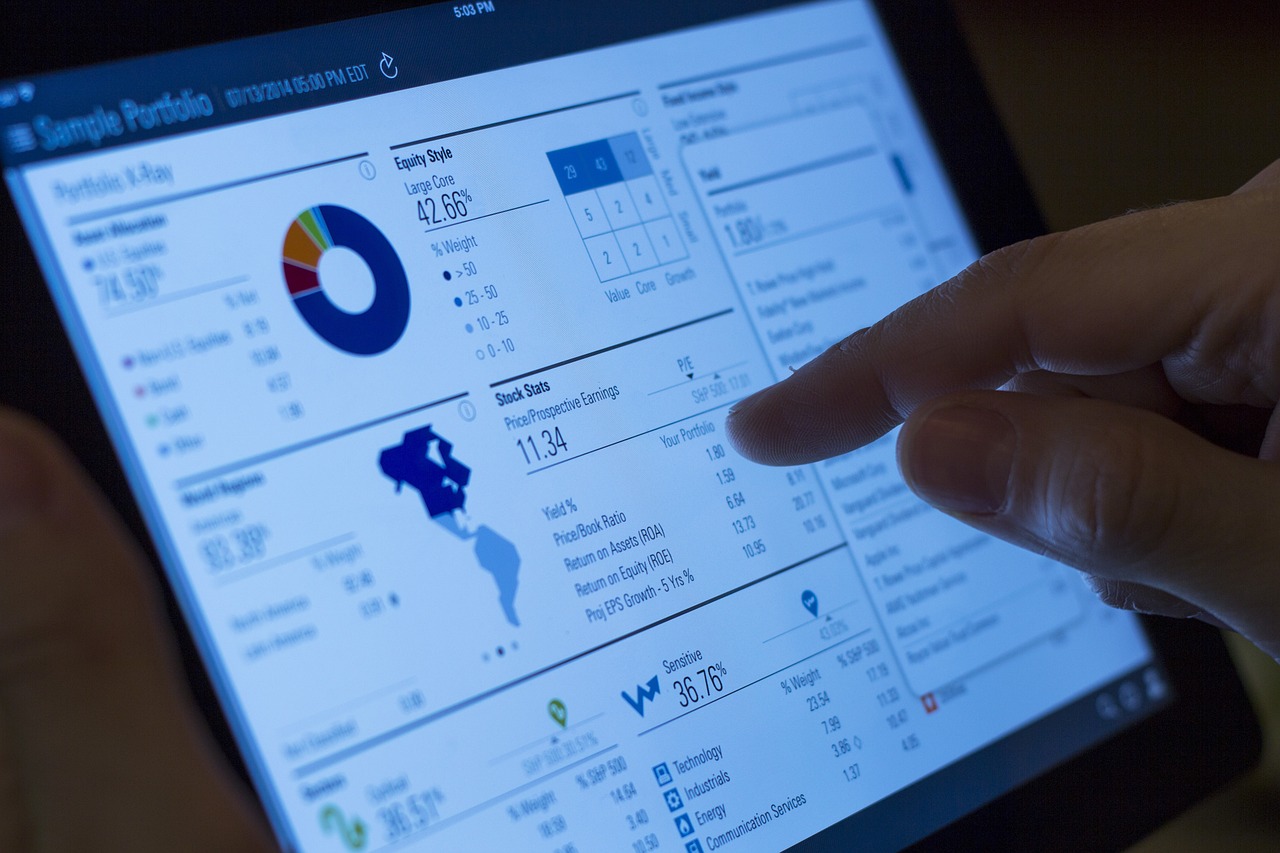From Aesthetics to Durability: Important Considerations for Flooring Your Home

Welcome to our blog, where we dive deep into the world of home improvement and bring you invaluable tips for creating a space that truly reflects your personal style. Today, we’re tackling one of the most crucial aspects of any home renovation project: flooring. From aesthetics to durability, choosing the right flooring can make or break the entire ambiance of your living space. So grab a cup of coffee and join us as we explore important considerations for selecting the perfect foundation for your dream home.
Lifestyle and Usage Patterns
 Understanding your lifestyle and how each room in your house is used is a fundamental consideration when selecting flooring. High-traffic areas, such as entryways and living rooms, may require more durable flooring options that can withstand daily wear and tear. On the other hand, bedrooms and areas with less foot traffic may allow for more delicate and comfortable flooring choices. Consider the activities that take place in each room, the presence of pets or children, and the potential for spills or accidents. This insight will guide you toward flooring options that align with your specific lifestyle and usage patterns.
Understanding your lifestyle and how each room in your house is used is a fundamental consideration when selecting flooring. High-traffic areas, such as entryways and living rooms, may require more durable flooring options that can withstand daily wear and tear. On the other hand, bedrooms and areas with less foot traffic may allow for more delicate and comfortable flooring choices. Consider the activities that take place in each room, the presence of pets or children, and the potential for spills or accidents. This insight will guide you toward flooring options that align with your specific lifestyle and usage patterns.
Material Selection
The choice of flooring material significantly impacts the overall look, feel, and functionality of your living space. Each material has its own set of characteristic features, depending upon which you can select the one that best suits your requirements. Hardwood floors, for example, provide a warm and classic feel to your home, while tile floors offer a clean and modern look. Similarly, carpeting provides a soft and cozy surface, while laminate flooring is durable and easy to maintain. Flooring Warehouse Direct can help you select the right flooring material for your home based on your needs, budget, and personal style.
Budget Considerations
Establishing a budget is a crucial step in the flooring decision-making process. Flooring costs can vary significantly based on the material, installation requirements, and the size of the space. It’s essential to strike a balance between your design preferences and budget constraints. Research the costs associated with different flooring materials, including installation expenses. Factor in any additional costs for underlayment, adhesives, or preparation work. Having a clear budget will guide you toward flooring options that not only meet your aesthetic preferences but are also financially feasible.
Climate and Environmental Conditions
The climate and environmental conditions in your region can impact the performance and longevity of your chosen flooring. High humidity or extreme temperature variations may affect certain materials, such as hardwood, which can expand or contract. Consider the specific requirements of each flooring material in relation to your local climate. Some materials, like tile or vinyl, may be more resistant to moisture and temperature fluctuations, making them suitable for a broader range of environmental conditions.
Maintenance and Cleaning Requirements
Different flooring materials come with varying maintenance and cleaning needs. Consider your willingness and ability to invest time and effort into routine maintenance. Hardwood may require periodic refinishing, while carpeting may need regular vacuuming and professional cleaning. Choose flooring options that align with your lifestyle and maintenance preferences. If low maintenance is a priority, opt for materials that are easy to clean and require minimal upkeep.
Aesthetic Preferences and Design Harmony
 The aesthetics of your flooring choice play a significant role in the overall design and ambiance of your home. Consider the color, pattern, and texture of the flooring in relation to your existing décor and design preferences. Flooring should complement the overall aesthetic of your home and create a harmonious visual flow from room to room. Explore samples and swatches of different flooring materials in the context of your home’s design.
The aesthetics of your flooring choice play a significant role in the overall design and ambiance of your home. Consider the color, pattern, and texture of the flooring in relation to your existing décor and design preferences. Flooring should complement the overall aesthetic of your home and create a harmonious visual flow from room to room. Explore samples and swatches of different flooring materials in the context of your home’s design.
Visualizing how the flooring will interact with your furniture, wall colors, and décor elements is crucial for achieving a cohesive and visually appealing result. Flooring is a foundational element of your home’s interior design, and selecting the right option involves a thoughtful and informed decision-making process. By considering your lifestyle, material options, budget constraints, climate, maintenance requirements, and aesthetic preferences, you can make choices that not only enhance the functionality of your space but also contribute to the overall beauty and comfort of your home.…




 Nowadays, there are plenty of online phone tracker apps that you can use to keep track of your device. These apps allow you to see your phone’s location at all times, so if it ever goes missing, you can find it quickly and easily. One popular phone tracker app is Find My iPhone. This app is free to download and easy to use. All you have to do is sign up for an account with Find My iPhone, then follow the instructions to install the app on your phone. Once it’s installed, you can log in at any time and see where your device is located.
Nowadays, there are plenty of online phone tracker apps that you can use to keep track of your device. These apps allow you to see your phone’s location at all times, so if it ever goes missing, you can find it quickly and easily. One popular phone tracker app is Find My iPhone. This app is free to download and easy to use. All you have to do is sign up for an account with Find My iPhone, then follow the instructions to install the app on your phone. Once it’s installed, you can log in at any time and see where your device is located. Some people like to hold on to their phones like they are holding on for dear life, and it becomes a pretty helpful habit, that’s as if they feel something is off when they don’t have their phone on their hand. If you find yourself constantly losing your phone, then try building a habit of keeping it with you at all times. This may take some time and effort, but it’s definitely worth it in the end. There are many different ways to keep your phone close by, so find one that works best for you and stick with it.…
Some people like to hold on to their phones like they are holding on for dear life, and it becomes a pretty helpful habit, that’s as if they feel something is off when they don’t have their phone on their hand. If you find yourself constantly losing your phone, then try building a habit of keeping it with you at all times. This may take some time and effort, but it’s definitely worth it in the end. There are many different ways to keep your phone close by, so find one that works best for you and stick with it.…